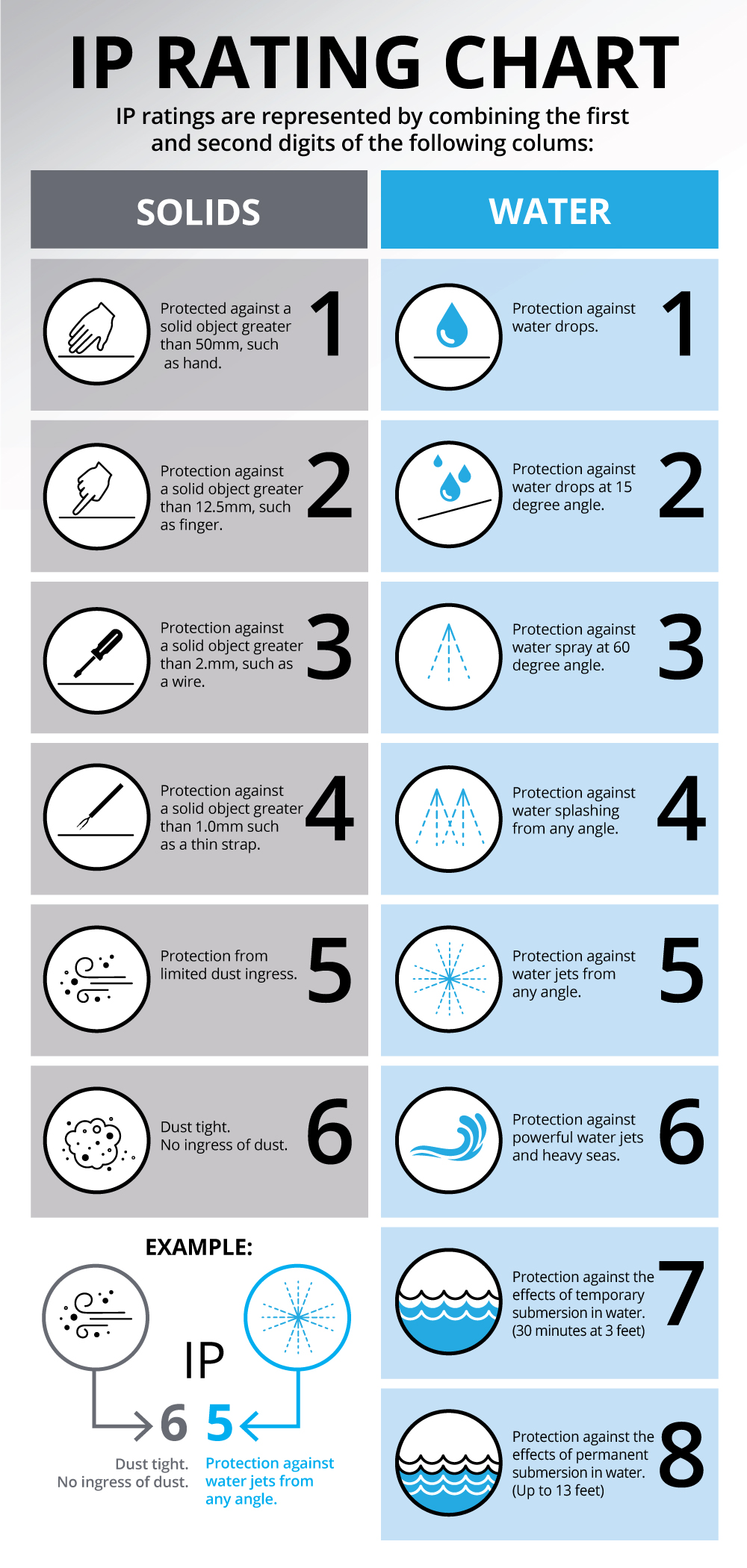Ingress Protection: What Does IP68 Denote in a Mobile Phone?
Introduction
Once again, we're back with a very essential article for those who are still confused about the IP rating of a mobile device. Today, we’ll dive into what this IP rating stands for and what advantages it offers for mobile devices. So, without any further delay, let’s break it down.
Understanding IP Ratings
There are numerous ratings for electronic devices, depending on their operation and parameters. These ratings can vary significantly, and some are quite confusing for regular users, especially those who aren't engineers. However, some ratings can be understood without a technical background, and IP rating is one of them.
The term IP stands for Ingress Protection, and it is an International Protection Standard (IEC 60259). This standard defines the level of protection provided by the outer chassis and electrical enclosures against dust, water, and accidental contact. In simpler terms, it tells you how well your device can withstand exposure to these elements.
Breaking Down the IP Rating
Let's elaborate on this concept with an example:
The official IP rating of the iPhone 11 is IP68. This rating is composed of two digits, each representing different characteristics:
- First Digit (6): This digit indicates the level of protection against solid materials. A 6 denotes that no dust can enter the chassis, meaning the device is completely dustproof.
- Second Digit (8): This digit represents the level of protection against water. An 8 indicates that the device is water-tight, capable of withstanding deep water exposure for an extended period without water ingress.
Therefore, an IP68 rating means that the device is safeguarded against both dust and water, providing a high level of durability in various environments.
According to the current IEC standard, IP68 is the highest IP rating for electronic/electrical devices, offering maximum protection.
Conclusion
So, the next time you’re buying a phone or any other electronic/electrical device, keep the IP rating in mind and select the one that meets your needs. Understanding these ratings can help you make a more informed decision.
That’s all for today. Have a great time choosing your next device!
